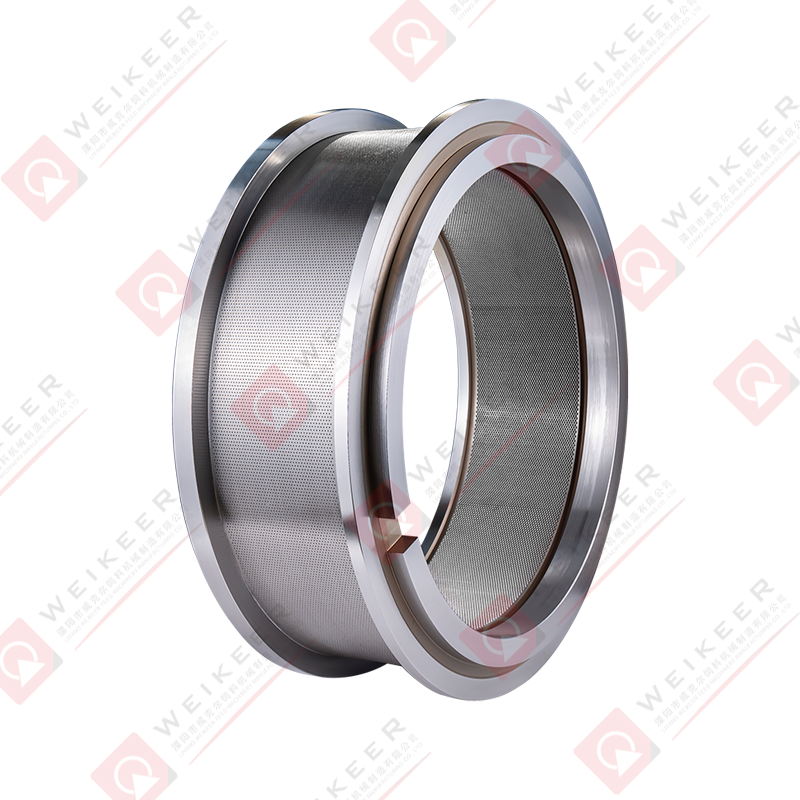With the booming global aquaculture industry, the aquatic feed industry is facing higher demands and technical challenges. As the core equipment for producing high-quality pellet feed, Aqua Feed Pellet Die is constantly promoting the upgrading of industry technology and becoming a key factor in improving the benefits of aquaculture.
The innovation of aquatic feed molds is mainly reflected in two aspects: one is the material and design of the mold, and the other is the optimization of the production process. In the past, aquatic feed molds usually used conventional steel, but with the development of technology, high-performance wear-resistant alloy steel and stainless steel materials have gradually become the mainstream. These materials can still maintain stable performance under high temperature and high pressure conditions, greatly improving the service life of the mold.
In terms of design, modern aquatic feed molds pay more attention to the precise control of particle shape and size. For example, according to the digestion needs of different aquatic species, the mold can produce pellet feeds of different densities and forms, which can not only improve the digestibility of aquatic animals, but also effectively reduce feed waste.

The quality of aquatic feed directly affects the growth rate, health status and breeding output of aquatic animals. Traditional pellet feeds often reduce nutrient utilization due to uneven or fragile pellets, which in turn affects the growth of animals. Advanced aquatic feed molds can produce more uniform and solid pellet feeds, which dissolve slowly in water, help maintain stable water quality and reduce harmful substances in the water.
Modern aquatic feed molds can greatly improve the nutritional value of feeds by precisely controlling the density and shape of the pellets. Studies have shown that optimized pellet feeds can promote the healthy growth of aquatic animals, reduce feed waste, and improve breeding efficiency.
With the improvement of environmental protection awareness and the popularization of the concept of sustainable development, the aquaculture industry is also facing pressure from environmental protection and resource conservation. The production and use of aquatic feeds must not only meet the needs of efficient production, but also minimize the negative impact on the environment. Efficient aquatic feed molds can ensure that every feed particle is fully utilized, reduce waste and excessive emissions, and help improve the sustainability of the breeding industry.
More and more feed manufacturers have also begun to adopt environmentally friendly materials and green processes to further reduce carbon emissions and resource consumption in the production process, and contribute to the green development of the industry.
With the continuous advancement of technology, aquatic feed molds, as core equipment in aquatic feed production, are gradually developing from simple production tools to key links in improving aquaculture benefits and promoting sustainable development of the industry. In the future, aquatic feed molds will play a more important role in improving production efficiency, reducing costs, improving feed quality and ensuring environmental protection, and promote the aquaculture industry to a new era of greater intelligence and greenness.


 русский
русский Español
Español عربى
عربى 中文简体
中文简体











